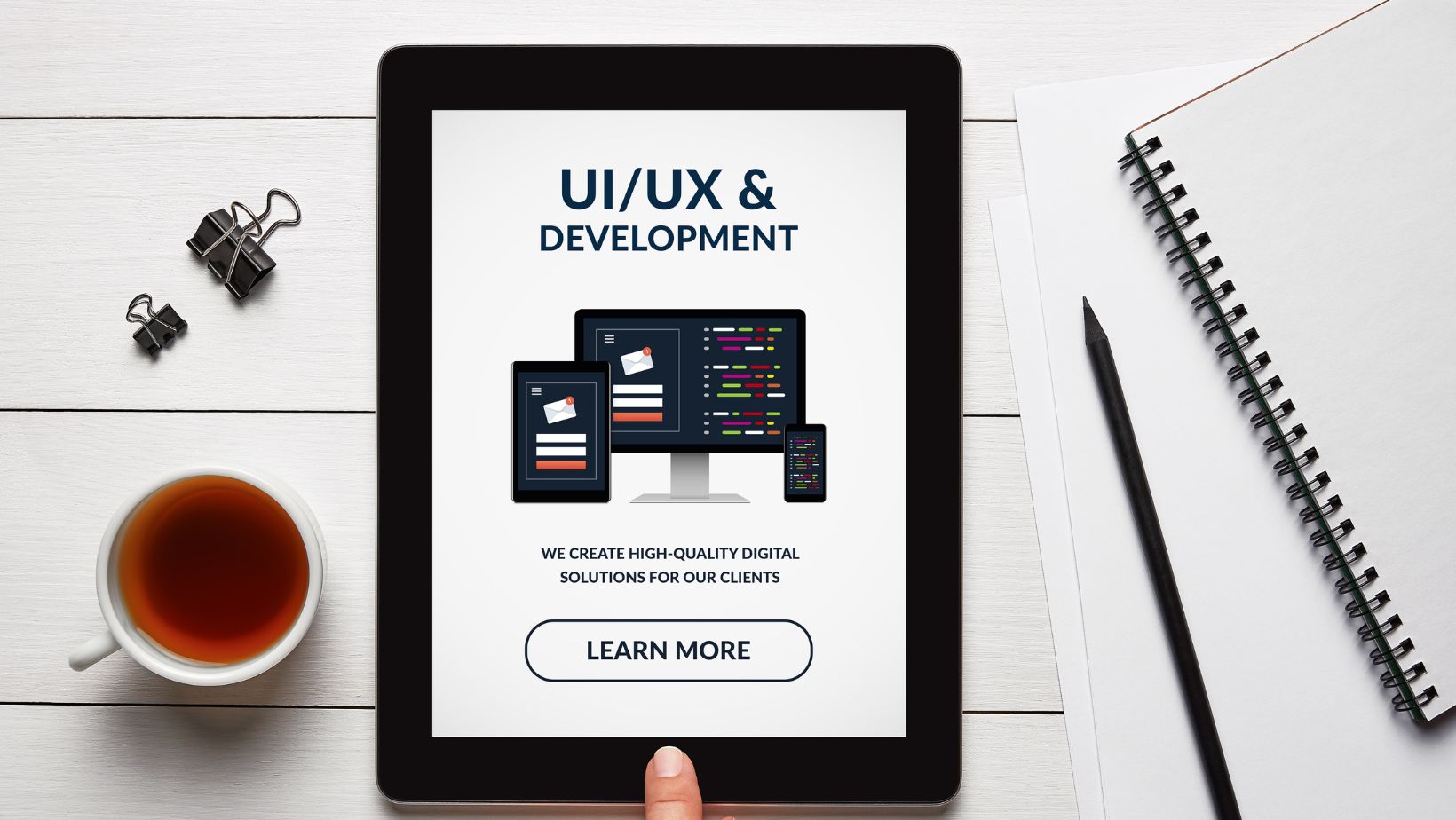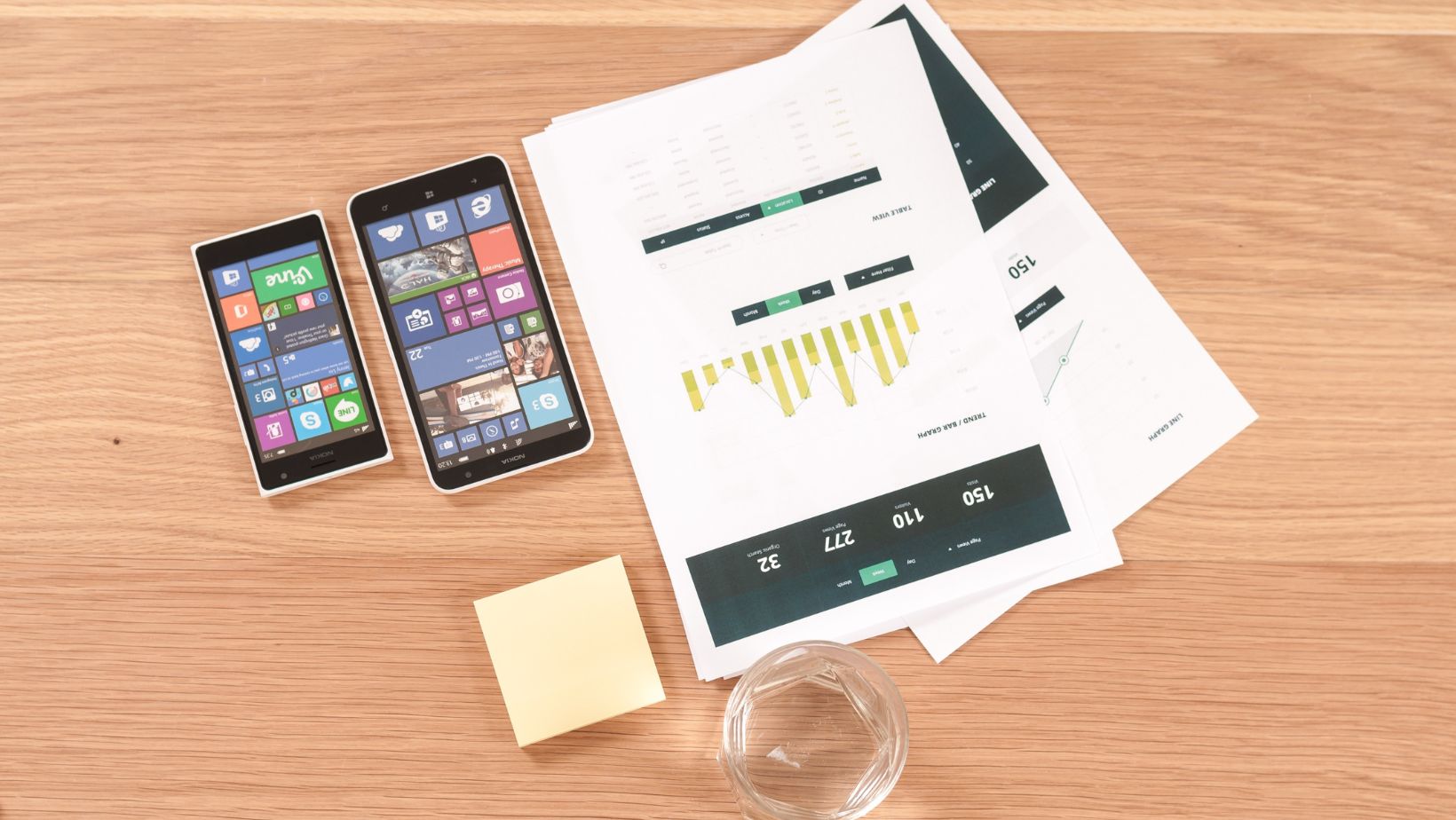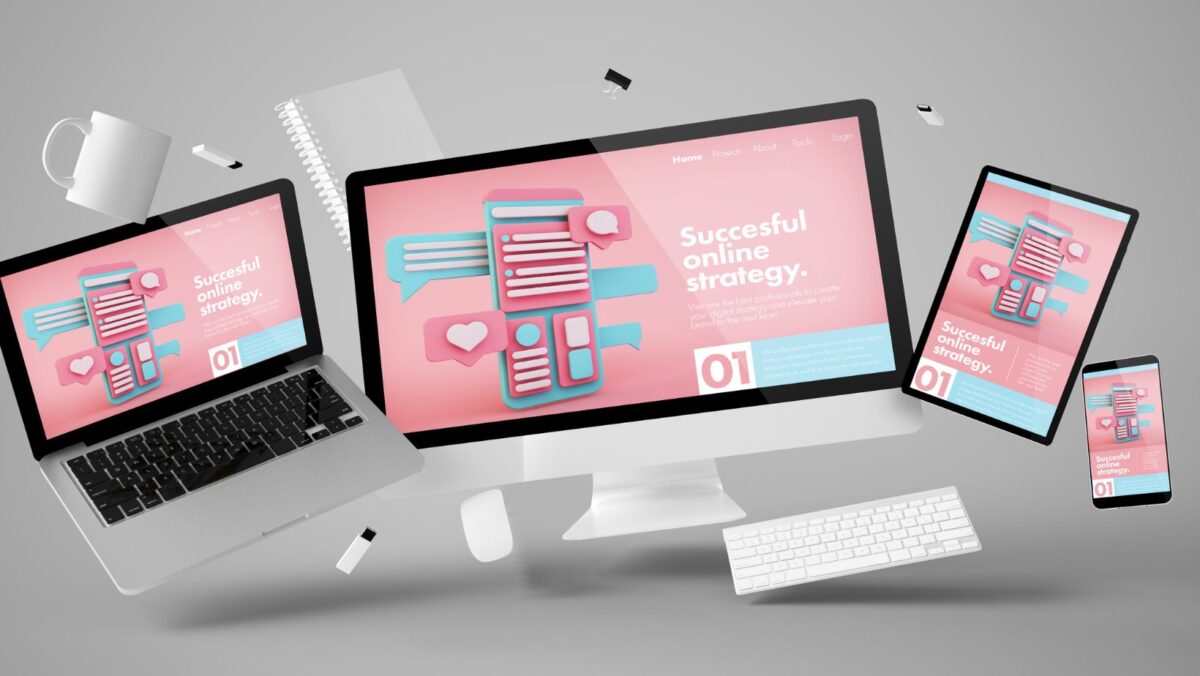While some may argue that emerging technologies like artificial intelligence and voice interfaces are diminishing the need for traditional UX design, it’s important to recognize that these advancements actually create new opportunities for designers. As technology becomes more integrated into our daily lives, the demand for seamless user experiences becomes even more essential.
Is UX Design Dying
Is UX design dying? This is a question that has been circulating within the design community, sparking debates and discussions. As an expert in the field, I can confidently say that UX design is far from dying. In fact, it continues to evolve and play a crucial role in shaping user experiences.

UX design encompasses much more than just creating visually appealing interfaces; it involves understanding users’ needs, conducting research, prototyping, and testing. These fundamental principles remain relevant regardless of technological advancements. It’s about designing with empathy and ensuring that every touchpoint between a user and a product or service is intuitive and enjoyable.
The Evolution of UX Design
When it comes to the question of whether UX design is dying, it’s essential to consider the evolution and adaptation that this field has undergone. Over the years, UX design has consistently evolved to meet changing user needs and technological advancements. Let’s dive into the key milestones in the journey of UX design:
- Early Beginnings: UX design traces its roots back to the early days of human-computer interaction. It emerged as a discipline aimed at improving user satisfaction by providing seamless experiences. In its infancy, UX designers primarily focused on usability and functionality.
- Shifting Paradigms: With the rise of smartphones and mobile applications, UX design underwent a significant shift. The focus expanded beyond traditional websites to include mobile interfaces characterized by smaller screens and touch interactions. This led to innovative approaches such as responsive design and gesture-based navigation.
- User-Centered Design: As time progressed, user-centered design principles gained prominence within the UX community. The emphasis shifted towards understanding users’ behaviors, needs, and motivations through techniques like user research and persona development. This approach allowed designers to create more personalized experiences tailored specifically for target audiences.
- Integration of Emotional Design: Recognizing that emotions play a crucial role in user experience, designers began incorporating emotional design elements into their work. They sought to elicit positive feelings through visual aesthetics, microinteractions, storytelling techniques, and brand personality.
- Technological Advancements: Advancements in technology have further propelled the evolution of UX design. From voice-controlled devices like Amazon Echo to virtual reality (VR) experiences, designers are continuously exploring new ways to enhance interactions between humans and machines.

Despite these advancements indicating a thriving future for UX design, there are still challenges that need attention:
- Increasing Complexity: As technology advances rapidly with AI-driven systems or Internet of Things (IoT), designing seamless experiences becomes more complex.
- Accessibility: Ensuring inclusive experiences for all users, including those with disabilities, requires ongoing efforts to implement accessibility guidelines.
- Ethical Considerations: Designers must navigate ethical dilemmas surrounding data privacy, algorithmic biases, and the impact of technology on society.
Conclusion
Rather than dying out, UX design is evolving to keep pace with technological advancements and user expectations. The field continues to play a vital role in creating meaningful and enjoyable interactions between humans and digital products. As designers adapt to emerging trends and challenges, UX design will continue to shape the future of technology-driven experiences. Current Trends in UX Design

